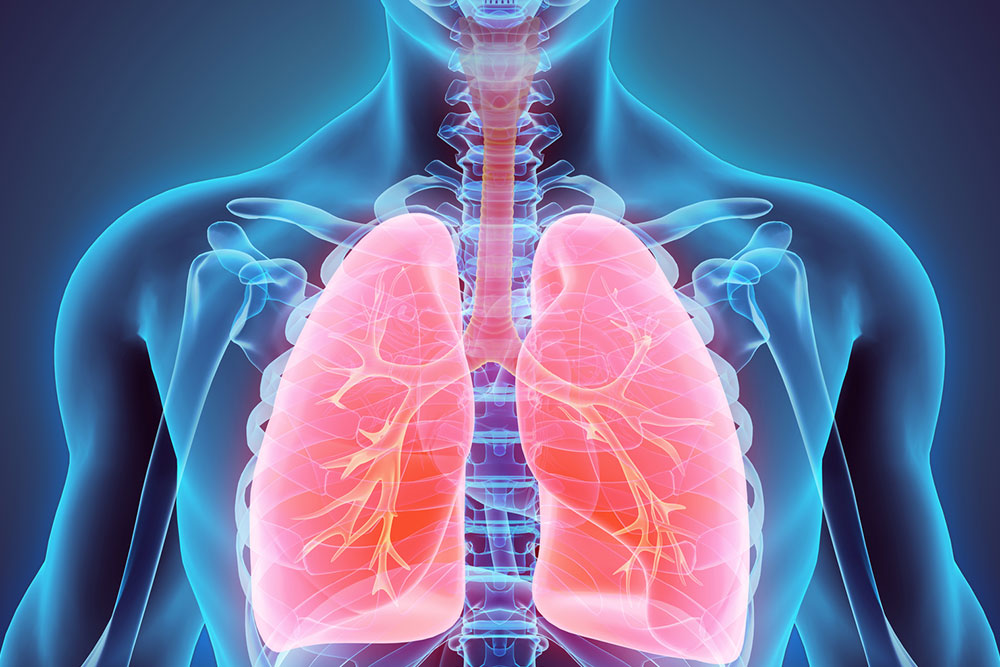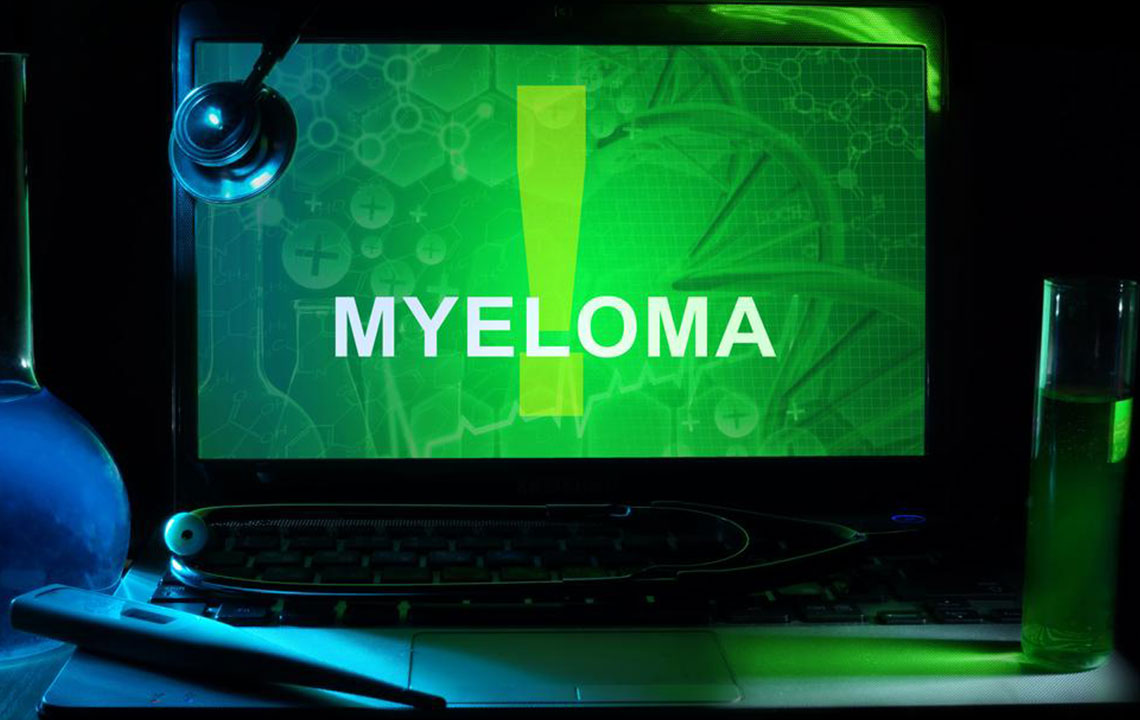Comprehensive Guide to Non-Small Cell Lung Cancer (NSCLC): Stages, Treatments, and Prognosis
This comprehensive article explains the stages of non-small cell lung cancer (NSCLC), detailing diagnostic criteria, treatment options for each stage, including early and advanced therapies, and potential side effects. It offers valuable insights into prognosis and the multidisciplinary approaches used to improve patient outcomes, making it an essential guide for patients, caregivers, and healthcare professionals seeking in-depth information on NSCLC management.

Understanding the Progression and Treatment Strategies for Non-Small Cell Lung Cancer
Non-small cell lung cancer (NSCLC) is the most prevalent type of lung cancer, accounting for about 85% of all lung cancer diagnoses globally. Its subtypes include squamous cell carcinoma, adenocarcinoma, and large cell carcinoma. The staging of NSCLC is critical for determining the appropriate treatment plan and prognosis, as it reflects how far the cancer has advanced in the body. These stages are classified from 0 through IV, indicating the extent of tumor growth and spread to lymph nodes and distant organs. An in-depth understanding of each stage, coupled with tailored treatments, can significantly improve patient outcomes and quality of life.
Understanding NSCLC Stages
**Stage 0** is also known as carcinoma in situ, where abnormal cells are confined to the innermost lining of the airways. At this stage, the cancer has not invaded deeper tissues, and the prognosis is excellent with early intervention.
**Stage I** describes a tumor that has grown into lung tissue but has not spread to lymph nodes or other parts of the body. The tumor is generally localized, making it highly treatable.
**Stage II** involves a larger tumor that might have spread to nearby lymph nodes within the same lung or just outside the lung, but still remains localized enough for effective surgical intervention.
**Stage IIIA** indicates that cancer has spread to lymph nodes on the same side of the chest as the primary tumor, with potential invasion into nearby tissues. Treatment often involves a combination of surgery, chemotherapy, and radiotherapy.
**Stage IIIB** describes more extensive lymph node involvement, including nodes on the opposite side of the chest or above the collarbone, posing more complex treatment challenges.
**Stage IV** represents metastatic NSCLC, where the cancer has spread beyond the lungs to distant organs such as the brain, bones, or liver, making curative treatment difficult and focusing instead on managing symptoms and prolonging life.
Early-Stage NSCLC Treatments (Stages 0 & I)
In Stage 0, typically limited to precancerous changes or superficial lesions, surgical removal of the affected airway lining may suffice. No chemotherapy or radiation is usually necessary at this stage, offering an excellent prognosis.
Stage I treatment primarily involves surgical excision of the primary tumor, which might be a segmental resection or lobectomy, often with thorough lymph node assessment to rule out spread. In some cases, stereotactic body radiotherapy (SBRT) is considered for patients unable to undergo surgery.
Management Strategies for Stage II and III NSCLC
For Stage II, treatment may include surgical options such as lobectomy, pneumonectomy, or sleeve resection, often preceded or followed by chemotherapy to reduce tumor size and improve the chances of complete removal.
In Stage IIIA and IIIB, combination therapies are standard. Multidisciplinary teams coordinate to deliver chemotherapy, radiotherapy, and surgery in a sequence that maximizes the chance of controlling the disease.
Preoperative or neoadjuvant therapies are frequently used to shrink tumors, making surgical removal more feasible and effective.
Advanced NSCLC and Metastatic Disease Treatments
Stage IV NSCLC presents significant treatment challenges because the cancer has spread extensively. The primary goal shifts from cure to prolonging survival and improving quality of life.
Therapies are personalized based on genetic mutations, overall health, and tumor characteristics. Common approaches include targeted therapies, immunotherapies, chemotherapy, and palliative radiotherapy. Surgery might be considered in select cases to remove resistant or isolated metastatic lesions.
Supportive treatments such as laser therapy, photodynamic therapy, or palliative procedures help alleviate symptoms caused by tumor burden.
Potential Side Effects of NSCLC Treatments
Treatments for NSCLC, although effective, are often associated with side effects that depend on the type of therapy, dosage, and patient health. While many adverse effects are temporary and manageable, some can persist longer or impact quality of life.
Common side effects include fatigue, hair loss, nausea, bone marrow suppression, nerve damage, swelling, and gastrointestinal disturbances. Advanced treatment options like targeted therapy and immunotherapy tend to have different side effect profiles compared to traditional chemotherapy and radiation. Ongoing research continues to improve these therapies, reducing adverse effects and enhancing patient tolerability.





